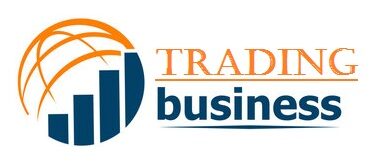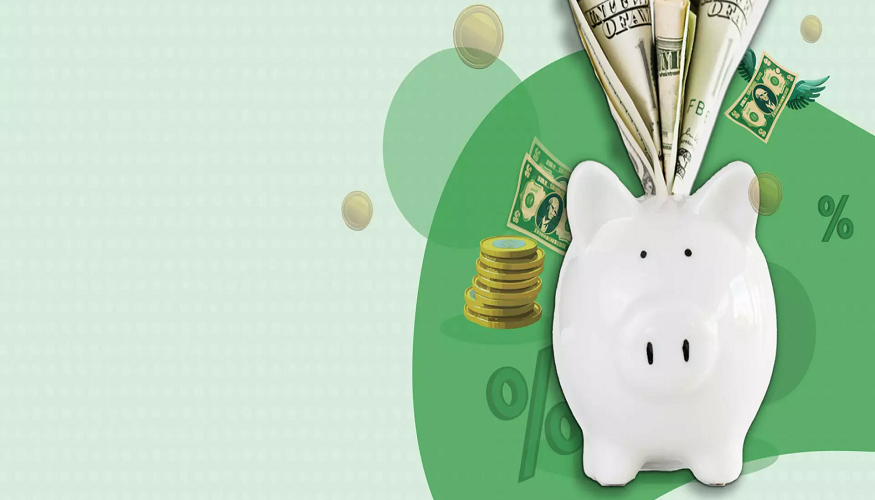While savings accounts provide secure places to store cash, their ultimate purpose entails growing money over time. Intelligent savers desire accounts offering the highest possible interest rates to maximise returns. Yet, in reality, cited rates only tell parts of the story. The erosion of purchasing power from inflation can mean actual “real returns” end up less than expected.
Understanding inflation is crucial for consumers assessing savings vehicles or any interest-earning asset. This guide explores how inflation directly influences quoted interest rates while silently grinding away at real savings account growth.
How Interest Rates Respond to Inflation
Inflation is the increase in the prices of goods and services across time, which decreases the purchasing power of money. Below is how interest rates on savings account react to inflation:
1. When Inflation Rises, Interest Rates Follow
The increase in inflation often raises interest rates as a countermeasure from central banks. When the rates are usually higher, money bartering becomes more costly, reducing spending and investment. As a result, demand in the economy slows down, which helps to minimise the price increases and stabilise the economy over time.
2. Inflation Destroys the Value of Money
By virtue of its operation, it reduces the purchasing power of money, which means that over time, the same amount of money buys less than before. For that reason, banks would want to increase interest rates so that people could get better returns on their savings. It encourages saving rather than spending, so overall demand decreases, which, therefore, works to ease inflationary pressures in the economy.
3. Intervention of the Central Banks
Central banks like the Federal Reserve or Reserve Bank of India increase the interest rates on high inflation to avoid overheating the economy. In doing so, it also makes borrowing costly and checks excessive spending. It also takes care of price stability, which is expected in the long term for economic growth and confidence.
4. Inflation is controlled by high interest rates
When interest rates go up, the price of borrowing goes up with them, making loans such as mortgages and car loans more expensive. Such increases in the cost of borrowing usually lead to decreased consumer spending. Investments by businesses tend to dry up, too. The amount of money circulating in the economy decreases, thus decreasing demand for goods and services and, in the process, reducing inflationary pressures while stabilising prices.
5. Loans and savings
High interest rates certainly have their share of impact. Loans become costly, so people’s interest in borrowing large amounts for whatever big purchase they intend to make—such as homes or cars—becomes softened. On the other hand, interest offered on savings accounts, term deposits, and other fixed-income investments will be higher, encouraging people to put their money aside in the best savings account and save. This helps cut demand and brings inflation under control.
6. Shaping the Economy
Interest rates are changed by central banks to make a balancing act between nourishing economic growth and controlling inflation. When inflation is too high, higher interest rates reduce spending and borrowing, thereby checking inflation. The target here is to avoid an overheating economy while permitting growth at a sustainable pace and without excessive price rises.
The Bottom Line
Inflation and savings account rates maintain an interconnected relationship that directly impacts asset growth. As the Federal Reserve raises interest rates to constrain rising prices, banks adjust deposit and loan rates offered to consumers. While higher yield savings account rates provide good news upfront, don’t lose sight of real returns after accounting for inflation’s bite. Combining active rate shopping with disciplined cost-cutting offers the best long-term cash savings growth formula.

